
by Stephanie Carlisle and Nicholas Pevzner
Migration is an instinct shared across many species, an essential ingredient for survival. The design of our cities and landscapes can facilitate or inhibit migrations. Is promoting connectivity always the answer? Which flows do we want to facilitate, and which to block?

by Steven N. Handel
Plants are not static — they migrate too, at their own pace. Appreciating the universality of movement may put human migration in a more benign context. Here, an introduction to the ecology of migration.

by Karl Kullmann
Australia’s vast Wheatbelt is full of surveyed and cleared town-sites of which few were settled and even fewer remain. One hardscrabble town offers a chance to imagine new design strategies for controlled decline.
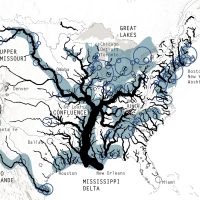
by Ian Caine & Derek Hoeferlin
A manifesto for a radical retreat from the American mythology of westward expansion, proposing instead an eastward migration where we stop moving water to people, but instead start moving people to water.
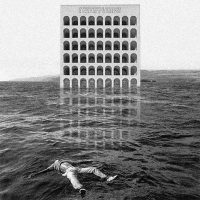
by Traumnovelle
As the sea levels rose, people united. Our brightest minds found there was still hope for our civilization: A land, beyond the horizon. There were lengthy discussions regarding what to bring. But what of places? What of buildings and cities? Of course, we could not bring them all…
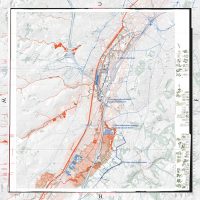
by Wim Wambecq & Bruno De Meulder
Brussels' southern Senne valley is selected to establish an ecological corridor for migration and for holding water before it enters the city.
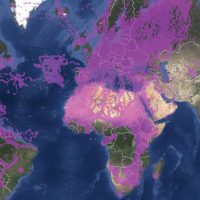
by Nicholas Pevzner & Stephanie Carlisle
Better tracking technology is increasing researchers’ knowledge of animal movement. An interview with a co-founder of the Movebank animal tracking platform.
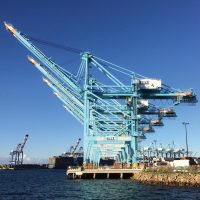
by Alex Klatskin
Shipping containers move around the world in clear and repeatable patterns. These patterns are shifting. As climate change reshapes trade routes and coastal port locations, changing landscapes of distribution will reshape global trade and fundamental patterns of urbanization.
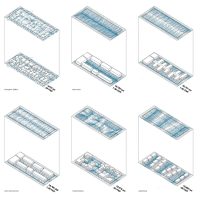
by Fadi Masoud
As sea levels and groundwaters rise, 20th-century planning practices no longer suffice. Innovative planning approaches that embraces dynamic water levels and changing weather patterns are sorely needed.

by Maria Gabriella Trovato
Emergency landscapes suffer from a fractured sense of belonging. Here, several strategies for designing flexible spaces for refugees.
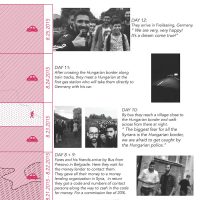
by Tami Banh & Antonia Rudnay
The personal journey of one specific refugee — Feras, from Aleppo — on his trek from Turkey to Germany highlights the physical ramifications of variations in the abstract political landscape of Europe and its borders.
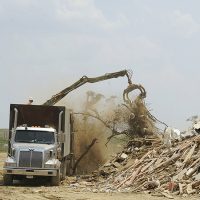
by Mike Yengling
In a reversal of the predominant U.S.-Mexico border dynamic, building materials — and even entire buildings — make the migration across the border to Tijuana, becoming ingredients of a vibrant construction sector.

by Audrey Burns Leites
The immigration process is increasingly complicated and scrutinized. The passport is the coveted final step in a long and complex journey for refugees, one that oscillates between humanity and bureaucracy.

by Eduardo Rega
Hidden in plain sight, this speculative Temporary Autonomous Zone uses its subversive architectural potential to protect the human rights of immigrants increasingly targeted and raided by ICE.














